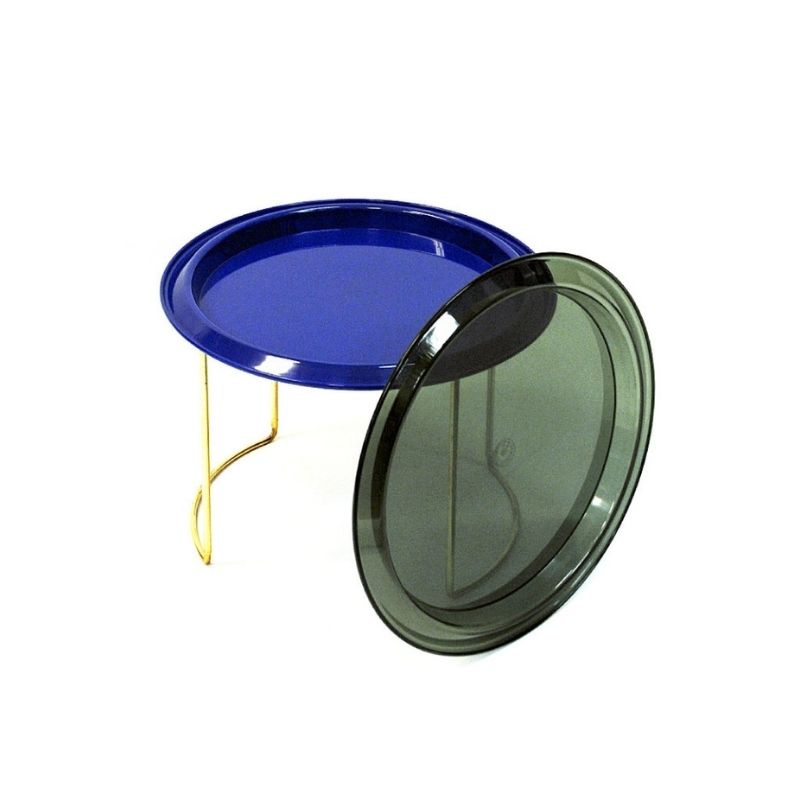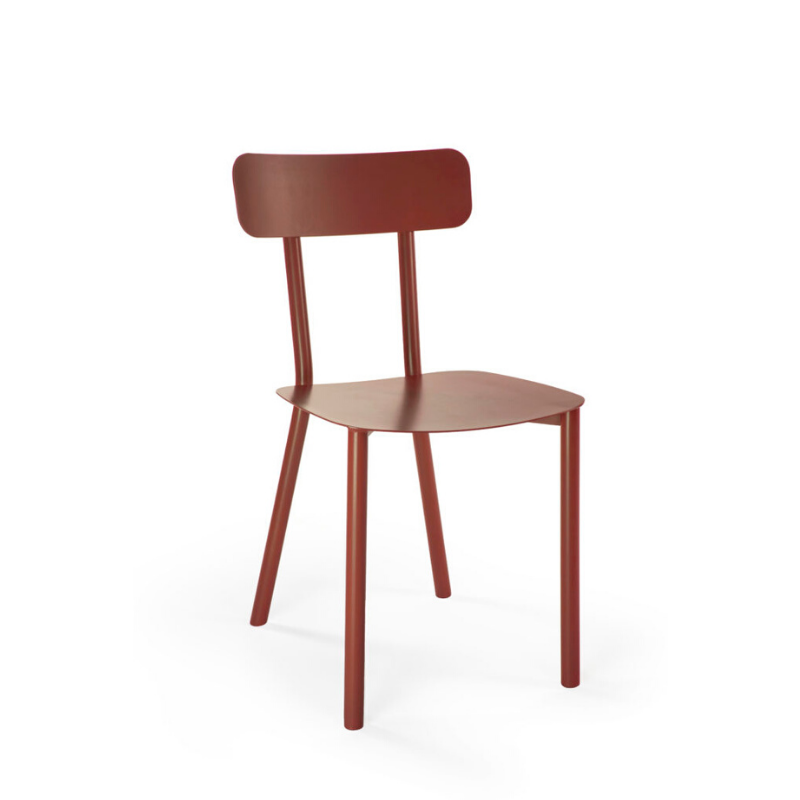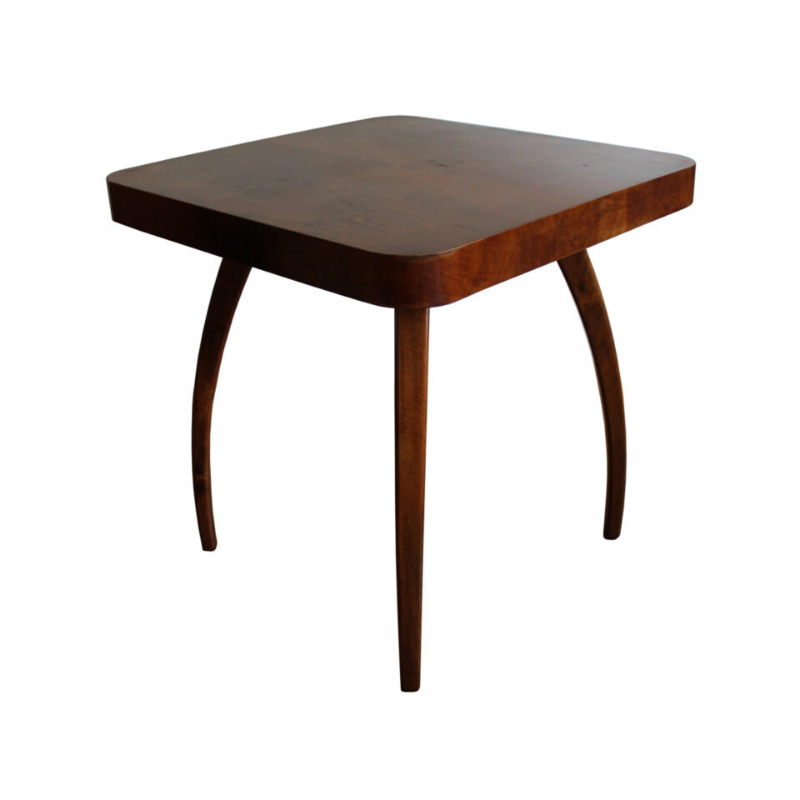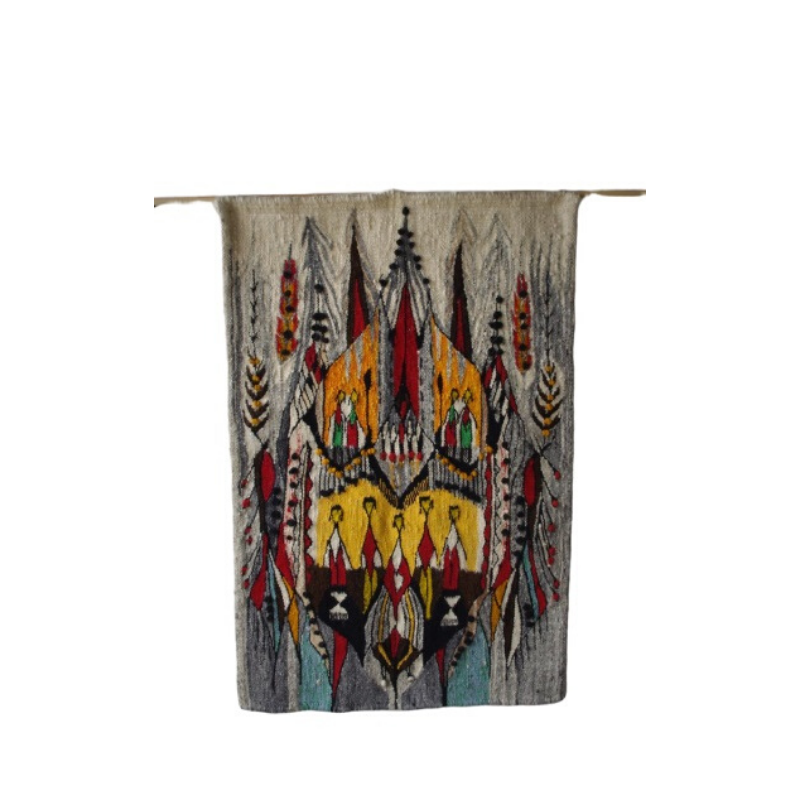Prior to moving into my (new) house last May, I never had a dishwasher, and I have collected Melmac...whatever I could find inexpensively.
I was originally told how bad it is to put any Melmac in the Dishwasher. Well, I haven't found any problems with the everyday Melmac I have because much of it is not in mint condition. Into the dishwasher they go.
I do have a set of nicely designed ironware (El Verde by Max Shonfeld) for company, but the melmac gets used everyday.
I will post some examples later today.
(By the way, other than my Russel Wright Residential collection, I mostly have 1) platters, which I use for a big meal(!), 2) matching sugar bowls, creamers and butter dishes, which I rotate weekly, and 3) a wonderful collection of platter mixing bowls (mostly Dallas and TexasWare)).
I was just curious if anyone else likes the stuff?
Hi Barrympls...
Having designed melamine products I really learned to appreciate the Russel Wright designs and I find them great exemples on how well he mastered fluid organic forms long before we even thought a computer could be helpful in design.
Although I never met him, (he died the year visited New York for the first time (1976) I always liked his entrepreneurial spirit. The way he and his wife Mary re-opened the ceramic production of Steubenville Ohio, becoming the first designer (my guess) that made a million $ on royalties for one line, the so called "American Modern" line, is one for the books. Also his "the American way" project, so unfortunatly killed by the war, was an incredible effort and the result of a visionary approach to both design and it's place in everyday culture.
You might be intersted in the fact that good quality melamine is more dishwasher resistant than glass and porcelain. For many years the company I worked for contributed to the financing of a laboratory in which the Dutch plastic, glass and porcelain industry was equally represented. The aim of the laboratory was to compare the behaviour of those materials in "new" technology like dishwashers, micro-wave ovens etc. In the dishwasher the melamine always came out on top.
off topic but regarding Russel Wright
I cannot find the exact passage I was searching for in the book 'Russel Wright - Creating American Lifestyle' c2001 written by Albrecht, Schonfeld, and Shapiro to accompany the Cooper-Hewitt Design Museum's eponymous installation. But here is what I can find with an uncooperative and grumpy cat on my lap?
Page 35 reports, "American Modern-became one of the best-selling tableware lines in history and reputedly grossed $150 million in sales"
Production of American Modern dinner ware was constant from the introduction in 1939 until the closing of Steubenville Pottery in 1959.
Pages 150-159 give an overview of the various business receipts over a number of years also suggesting that Russel Wright may have made some regrettable decisions regarding his ownership and royalty payments.
It seems that in 1940 while promoting the American Ways line of dinner ware, 'the Wright's lost $60,000, 'all most all we had' according to Russel. To repay outside investors, Russel signed over his remaining royalties from American Modern dinnerware..'
I bring this into the discussion only to suggest that while Russel and Mary Wright were extraordinary artists and even visionary in their ideas and attitudes about consumer behavior and emerging trends their economic success does not appear to parallel their creative achievements.
The most recent edition of Modernism magazine has a lengthy article on Russel Wright and I highly recommend the book cited above for all Design enthusiasts and modern mavens.
The Russel Wright's
are always listed as being made Residential or Home Decorators, although some 'seconds' aren't marked.
Yes, Russel Wright's American Modern ceramic dinnerware WAS the best selling modern dinnerware 9with Eva Zeisel's "Tomorrow's Classic/Hallcraft" from Hall being the second best selling.
Fiesta outsold both of them, but they belong to the Deco/Streamline era, just a bit before, but they did have the right idea.
Also, the Russel Wright melmac was the best selling of the melmac lines, and it makes no sense for anyone who thinks they couldn't eat of plastic.
The only problem with plasticware is that scratches over time.
But, hell, if you drop a piece, it doesn't break!
Dear bustelo...
I do not dispute the figures but to draw the conclusion that the Mary and Russel Wright would not have a good business sense is certainly unjustified. To convince the good people of Steubenville and their creditors, to restart the steubenville plant after it went bankrupt and to make such a succes of it requires more than artistic talent. It might very well be that the "American way" project was too ambitious, it involved over 100 of the best designers of the day, but the real reason behind the failure was the date: 1940. When the optimism of the 39-40 worldfair crumbled under the dark clouds of the European conflict (it became "american" after Pearl Harbour) it was obvious that the timing was not right. It devastated the Wrights in more than a financial way, but the circumstances were so "unusual" that few would have foreseen them. By the time the war was over, Eliot Noyes(later IBM) and the other good people att the MoMA had chosen to promote the Cranbrook group (Eames etc.) It might not look that way now, but at the time these were very considered very different directions in design. Russel Wright came from the Norman Bel Geddes tradition (he had been his assistant) and favoured clearly the Dreyfuss etc. approach to design. Coming from a theatre decorating background they all had this "crowd-pleasing" attitude that culminated in the New York World fair 39-40. The Cranbrook tradition was a crafts tradition initially driven by artistic self expression.
If you need any help, please contact us at – info@designaddict.com









